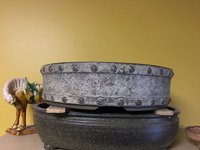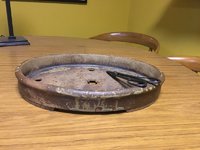andrewiles
Shohin
I decided to try making some pots. Following ABCarve's approach in his wet slab thread. Complete noob about to start pot #4. I have access to a local studio that does midrange firings. The studio handles the firings -- I can glaze how I want after bisque but otherwise it's out of my control.
Love to get some glaze suggestions from this crowd. I'm know zilch about glazing so I'm going to do some test tiles first. I plan to focus on larger rectangular pots for forest plantings, starting with larches and dawn redwoods. These pots are a bit tall so I'll start shinking the height and elongating the width and length. Up to about 26" on the diagonal for their kiln they say.
Here are my 3 pots so far:
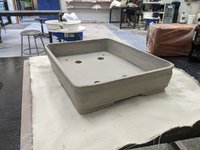
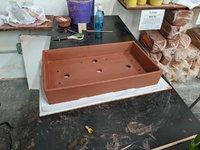
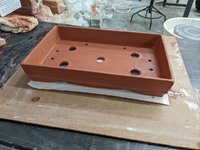
Here are my two clay bodies:
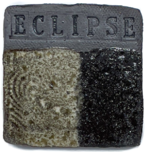

I think I want more subdued, earthy tones. Not glossy or flashy. Browns, grays and tans I think.
Anyone have any favorite glazes or application approaches you think I should try? Has to be fairly simple for my first go at it.
Looking around the interwebs, I'm liking the look of Amaco Matte Shino glazes, such as:
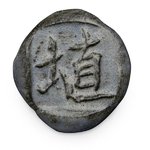
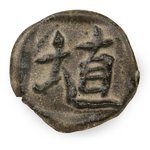
Love to get some glaze suggestions from this crowd. I'm know zilch about glazing so I'm going to do some test tiles first. I plan to focus on larger rectangular pots for forest plantings, starting with larches and dawn redwoods. These pots are a bit tall so I'll start shinking the height and elongating the width and length. Up to about 26" on the diagonal for their kiln they say.
Here are my 3 pots so far:



Here are my two clay bodies:


I think I want more subdued, earthy tones. Not glossy or flashy. Browns, grays and tans I think.
Anyone have any favorite glazes or application approaches you think I should try? Has to be fairly simple for my first go at it.
Looking around the interwebs, I'm liking the look of Amaco Matte Shino glazes, such as:



